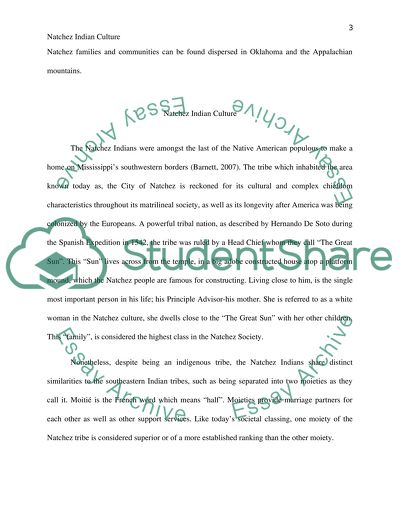Cite this document
(“Natchez Indian Culture Research Paper Example | Topics and Well Written Essays - 1750 words”, n.d.)
Retrieved from https://studentshare.org/anthropology/1460369-natchez-indian-culture
Retrieved from https://studentshare.org/anthropology/1460369-natchez-indian-culture
(Natchez Indian Culture Research Paper Example | Topics and Well Written Essays - 1750 Words)
https://studentshare.org/anthropology/1460369-natchez-indian-culture.
https://studentshare.org/anthropology/1460369-natchez-indian-culture.
“Natchez Indian Culture Research Paper Example | Topics and Well Written Essays - 1750 Words”, n.d. https://studentshare.org/anthropology/1460369-natchez-indian-culture.


